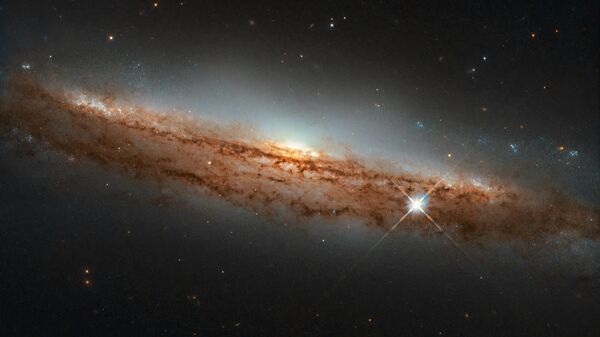Merging low-mass dwarf galaxies may have resulted in collisions of rather small black holes in the distant past, bringing about gravitational waves as we know them today, researchers reported about the results of a new study in The Astrophysical Journal.
Since galaxy merging is undeniably an extremely rare phenomenon, the team led by Christopher Conselice of the University of Nottingham extrapolated the earlier observations of the giant galaxies and their conventional central black holes to those less than 100 solar masses, arriving at hypothetical conclusions as to where the waves that send ripples through space originated from.
Along the way, the scientists came to believe that the so-called “ultra-dwarf” galaxies could be home to minute - in terms of cosmic scale - central black holes, just 10 to 70 times bigger than the Sun.
“By considering that the merger fraction, merger timescales, and the number densities of low-mass galaxies all conspire at z > 1–1.5 to increase the merger rate for these galaxies at higher redshifts, we argue that it is possible that these observed gravitational wave events could arise from black holes in the centres of low-mass galaxies", the abstract reads.
The researchers believe that billions of years ago, mergers of ultra-dwarfs, almost invisible to the human eye, would have occurred more often, acknowledging though that further studies of the gravitational waves, detected in recent years by LIGO/Virgo Collaboration, may either bust their conclusions or further underpin them.

